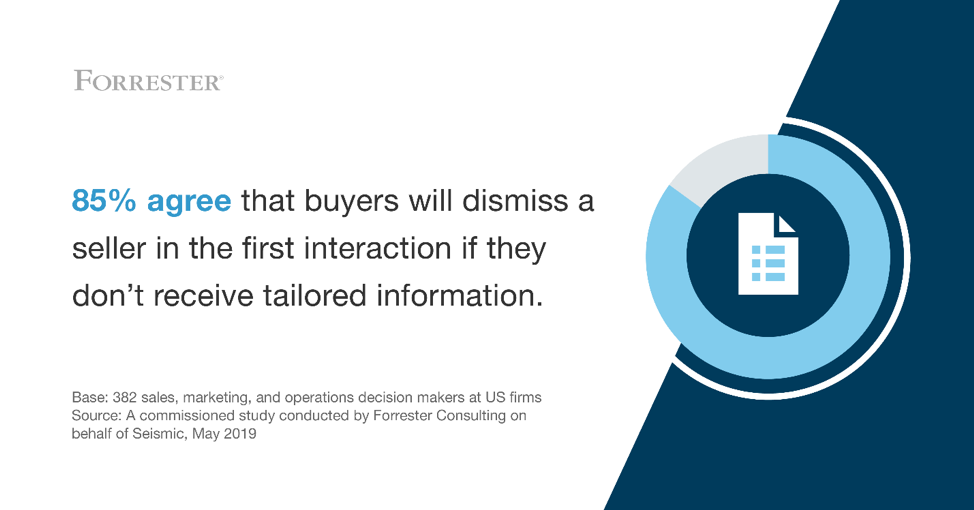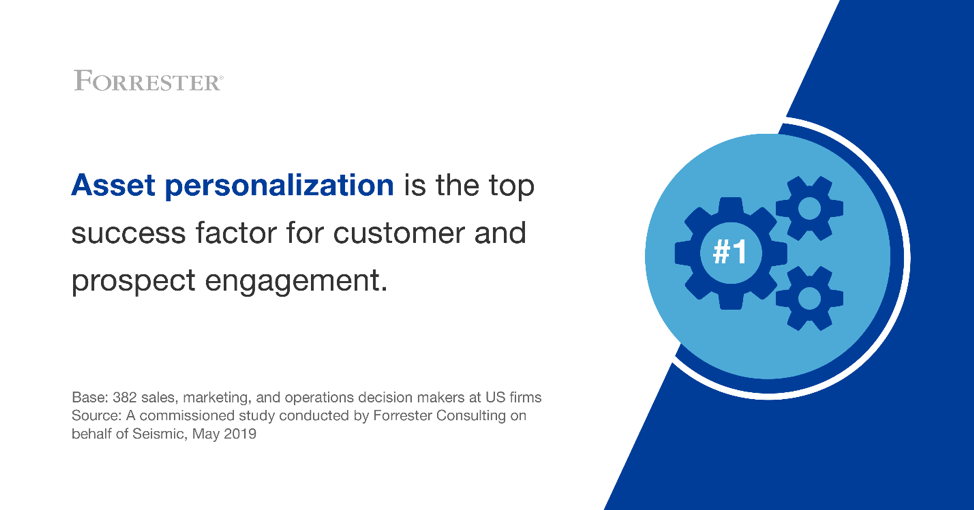 Close-up of a male hand on a handle of office door
Close-up of a male hand on a handle of office door
Did you know that walking through a doorway triggers the brain to forget?
You get off the couch and leave the room for a glass of water, but by the time you’re standing in the kitchen you’ve forgotten why you even left the couch. Psychologists call this the Doorway Effect, and while it can seem harmless or result in a small laugh at your own shoddy memory, it can have serious repercussions on a Treasury Sales Team’s success.
Consider this: every time you finish up an in-person meeting with a prospect or client, once they walk out of the room, they might forget everything you just said.
Everything.
Okay, let’s be optimistic: they’ve compartmentalized it. Packed it in a nice little box and stored it away like the ending to Raiders of the Lost Ark. But now it’s alongside quite a few other boxes, all of which may require attention and recollection at any given point in time.
How you do you prevent this meeting room amnesia? How do you prevent doorways from swallowing up all the progress you’ve made with your prospects and clients?
What do Treasury Sales Teams do?
It starts with keeping their attention long after they’ve walked out the door. And it’s no secret that improving the client experience is a goal of every Treasury Sales Team. But saying you’re going to improve it and actually executing on it is another story, as Treasury Sales Teams are presented with a unique set of demands, such as:
- Staying up to date on industry news and a vast portfolio of products
- Collaborating with Product Managers, RMs, Client Services Teams, and Bankers to prepare for meetings
- Handling and responding to inbound requests from clients and prospects
That’s a full plate of work, and when Treasury Sales Teams are consumed by the manual components of these demands, they’ve already failed.
With minimal time spent on understanding clients, their company, and its business challenges, they’ve lost the opportunity to present them with tailored cash management solutions. Clients are quick to disregard Treasury Sales Officers when this happens, as evidenced by a new insight from Forrester:
Why is Treasury Sales important?
Without presenting a customized solution for the client, a Treasury Sales Officer has held a meeting that resembles an over-the-counter sleep aid. And when client leaves the room, any memory of the conversation has all but vanished like a bad dream.
So how does a Treasury Sales Officer lead an engaging, memorable conversation that harmonizes both their internal needs and the individual needs of the client?
It starts with sales enablement.
With the right sales enablement strategy, Treasury Sales Teams can personalize content directly, without losing time searching for relevant materials, manually updating the correct data and disclosures, and awaiting support from other colleagues within the bank.
With one guided interface for client materials, they can stay organized and generate tailored, solution-oriented presentations to clients.
This tailored approach to client experience is the most effective means of engagement, as referenced by Forrester:
Today’s prospects and clients have higher expectations and are more knowledgeable than ever before. To exceed their expectations, Treasury Sales Teams must be equipped with the right tools and methods to deliver the best, most memorable experiences for their prospects and clients.
With sales enablement, Treasury Sales Teams will have more impactful conversations that not only avoid the Doorway Effect, but burst open new doors for their business.




